Physical Address
304 North Cardinal St.
Dorchester Center, MA 02124
Runner’s knee is a common cause of lateral knee pain encountered in clinical practice. Also known as iliotibial band friction syndrome, runner’s knee is an overuse syndrome caused by friction injury to the iliotibial band as it rubs back and forth across the lateral epicondyle of the femur during running ( Figs. 164.1 and 164.2 ). Runner’s knee is a distinct clinical entity from iliotibial bursitis, although these 2 painful conditions frequently coexist. Runner’s knee occurs more often in patients with genu varum and planus feet, although worn-out jogging shoes have also been implicated in the evolution of this painful disorder ( Fig. 164.3 ).
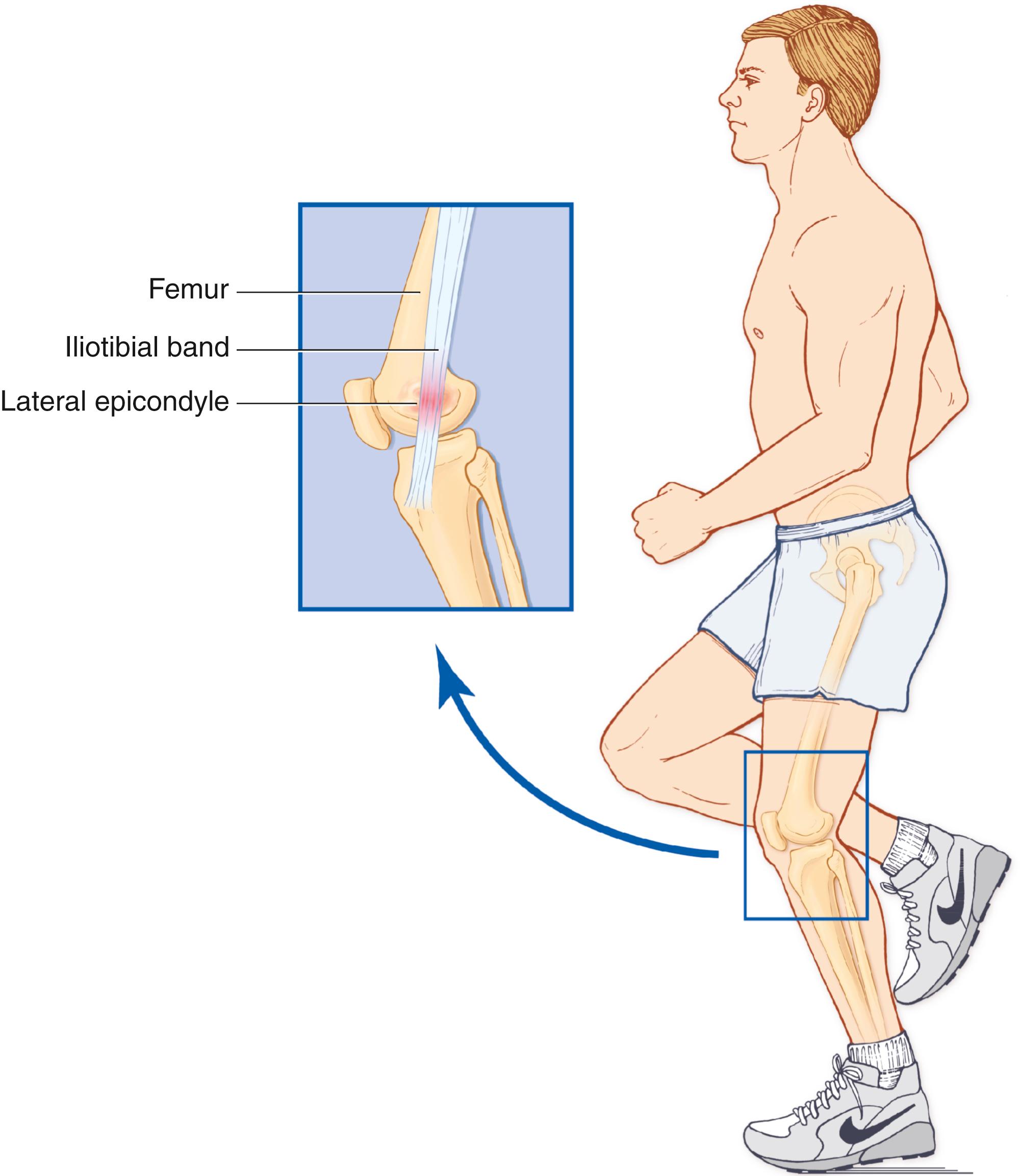
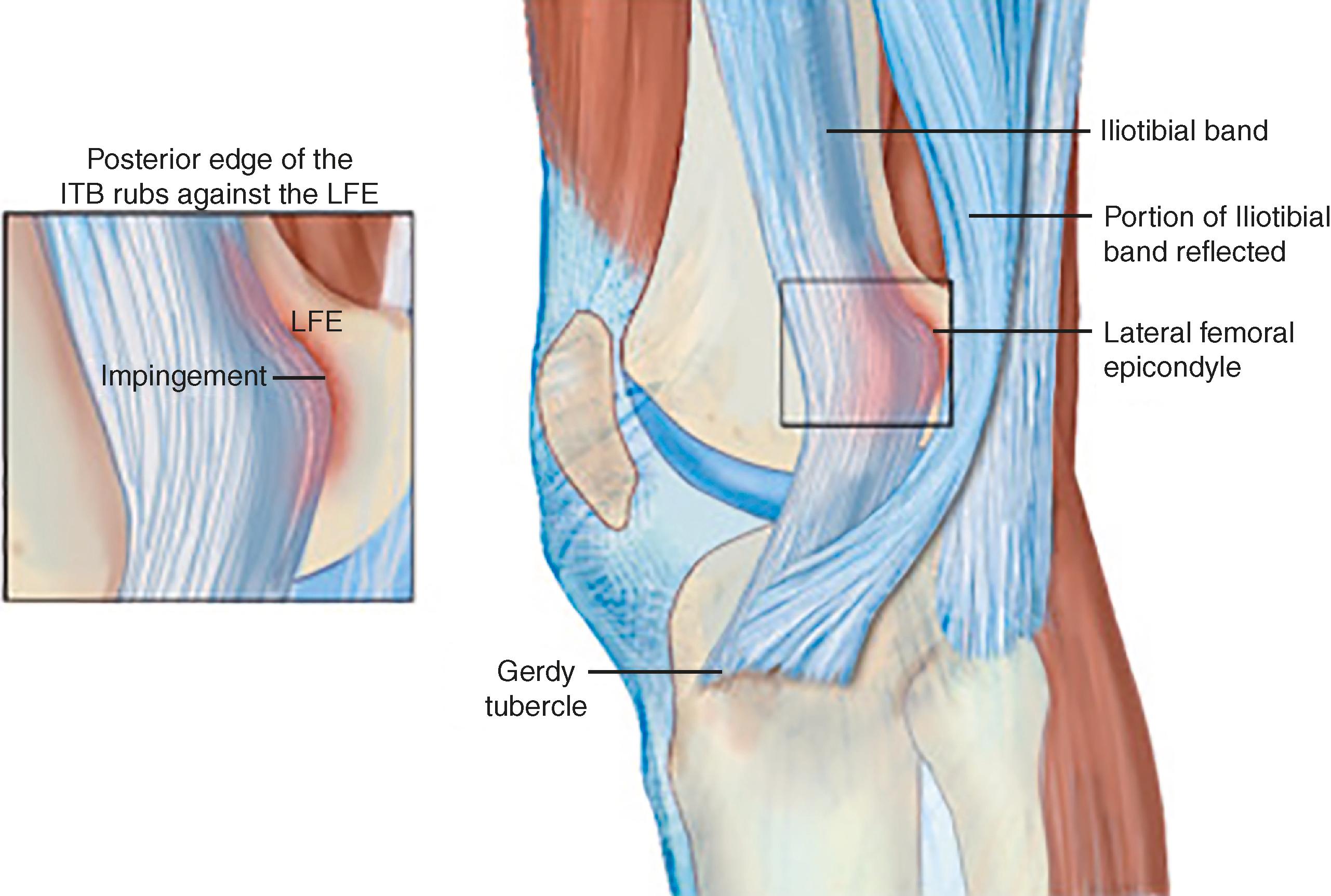
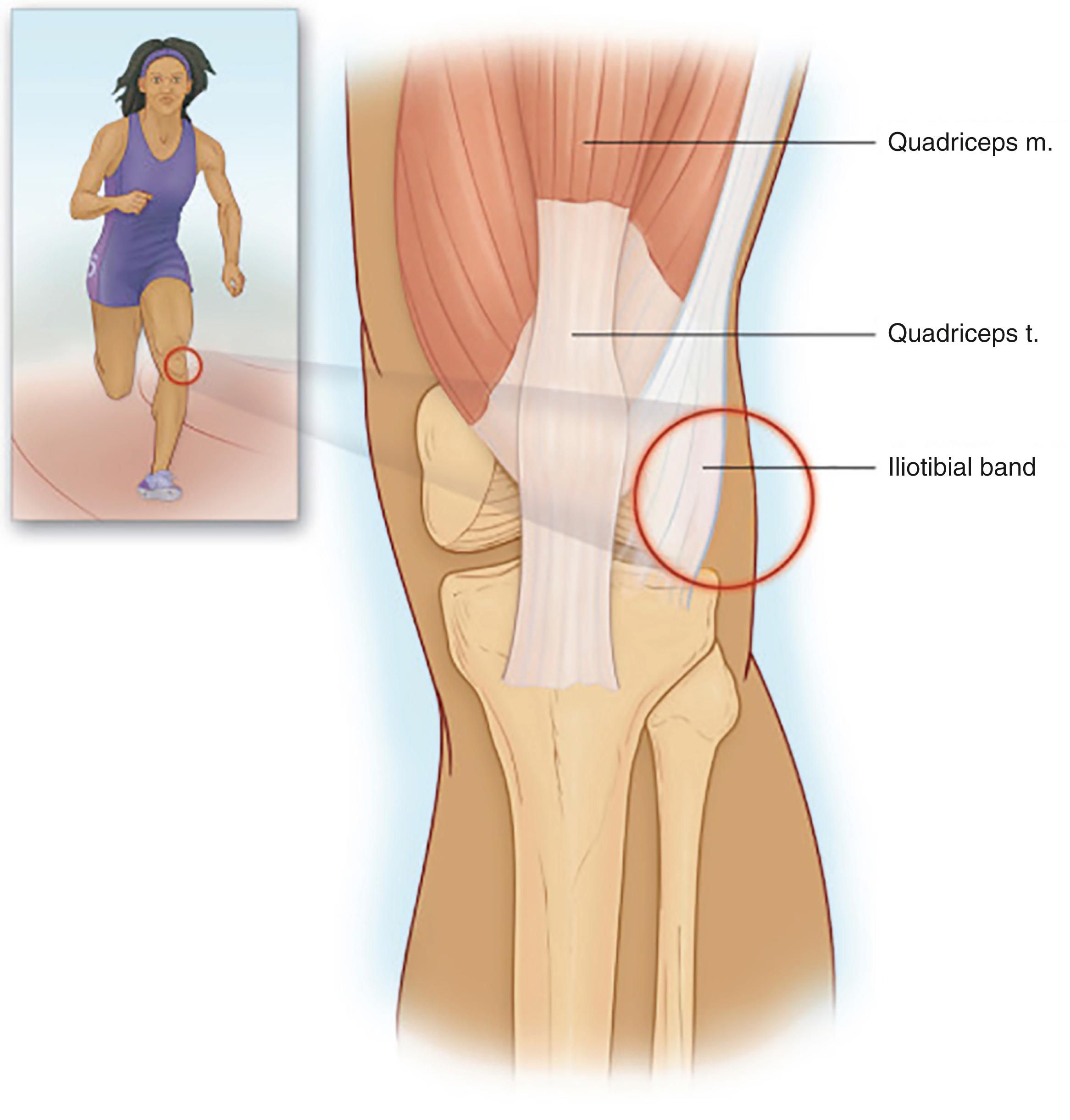
Patients with runner’s knee experience pain over the lateral side of the distal femur just over the lateral femoral epicondyle. The pain tends to be a little less localized than the pain associated with iliotibial bursitis, and there is rarely an effusion as can be seen with iliotibial bursitis ( Fig. 164.4 ). The onset of runner’s knee frequently occurs after long-distance biking or jogging with worn-out shoes without proper cushioning. Activity, especially that involving resisted abduction and passive adduction of the lower extremity, makes the pain worse; rest and heat provide some relief. Flexion of the affected knee also reproduces the pain in many patients with runner’s knee. Often, the patient is unable to kneel or walk down stairs. The pain is constant and is characterized as aching and may interfere with sleep. Coexistent bursitis, tendinitis, arthritis, or internal derangement of the knee may confuse the clinical picture after trauma to the knee joint. If the inflammation of the iliotibial band becomes chronic, calcification may occur.
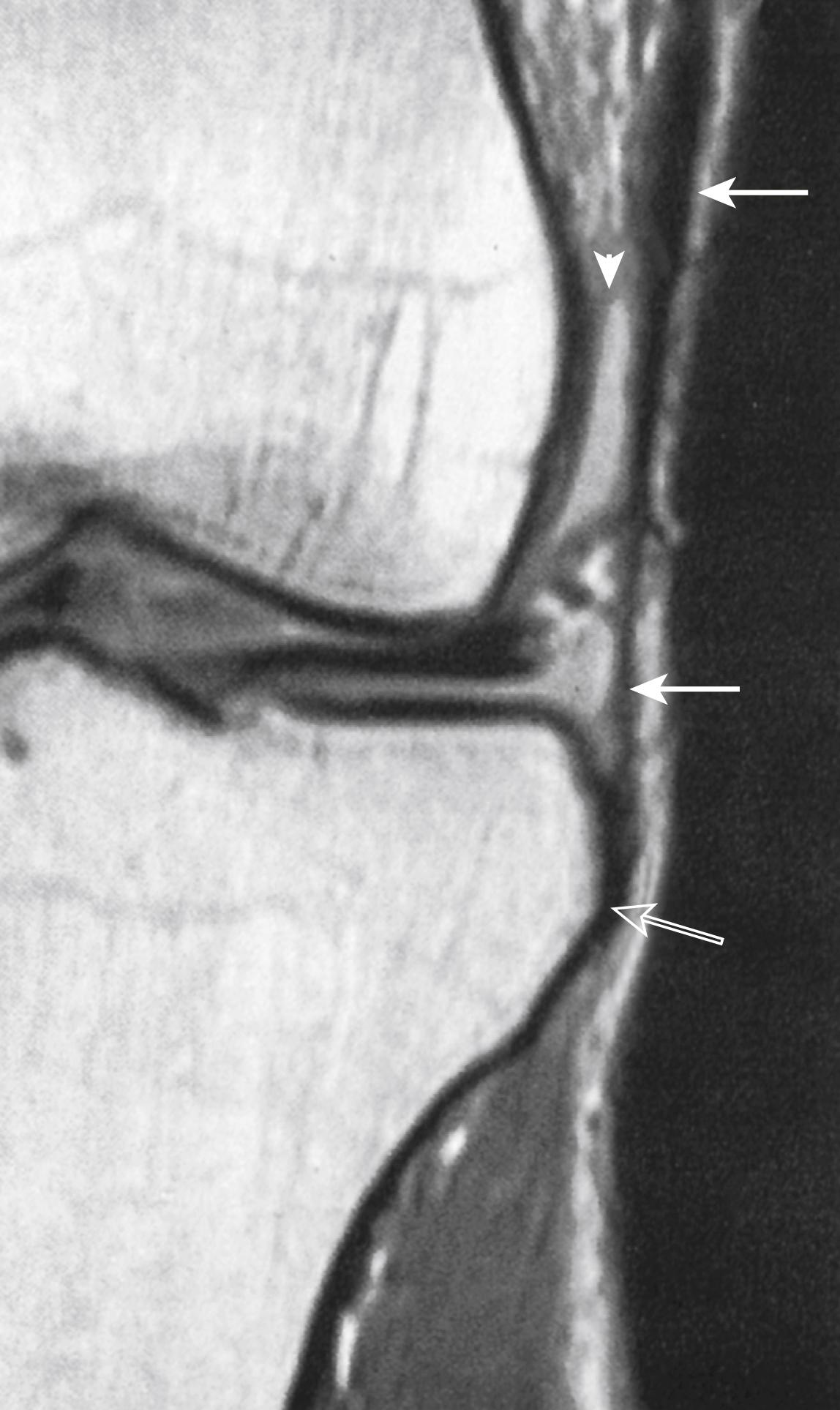
Physical examination may reveal point tenderness over the lateral epicondyle of the femur just above the tendinous insertion of the iliotibial band (see Fig. 164.1 ). If coexistent iliotibial bursitis is present, swelling and fluid accumulation often surround the bursa. Palpation of this area while having the patient flex and extend the knee may result in a creaking or “catching” sensation. Active resisted abduction of the lower extremity reproduces the pain, as does passive adduction. Sudden release of resistance during this maneuver markedly increases the pain. Pain is exacerbated by having the patient stand with all the weight on the affected extremity and then flexing the affected knee 30 to 40 degrees. Patients suffering from runner’s knee will often exhibit a positive Noble compression test ( Fig. 164.5 ).
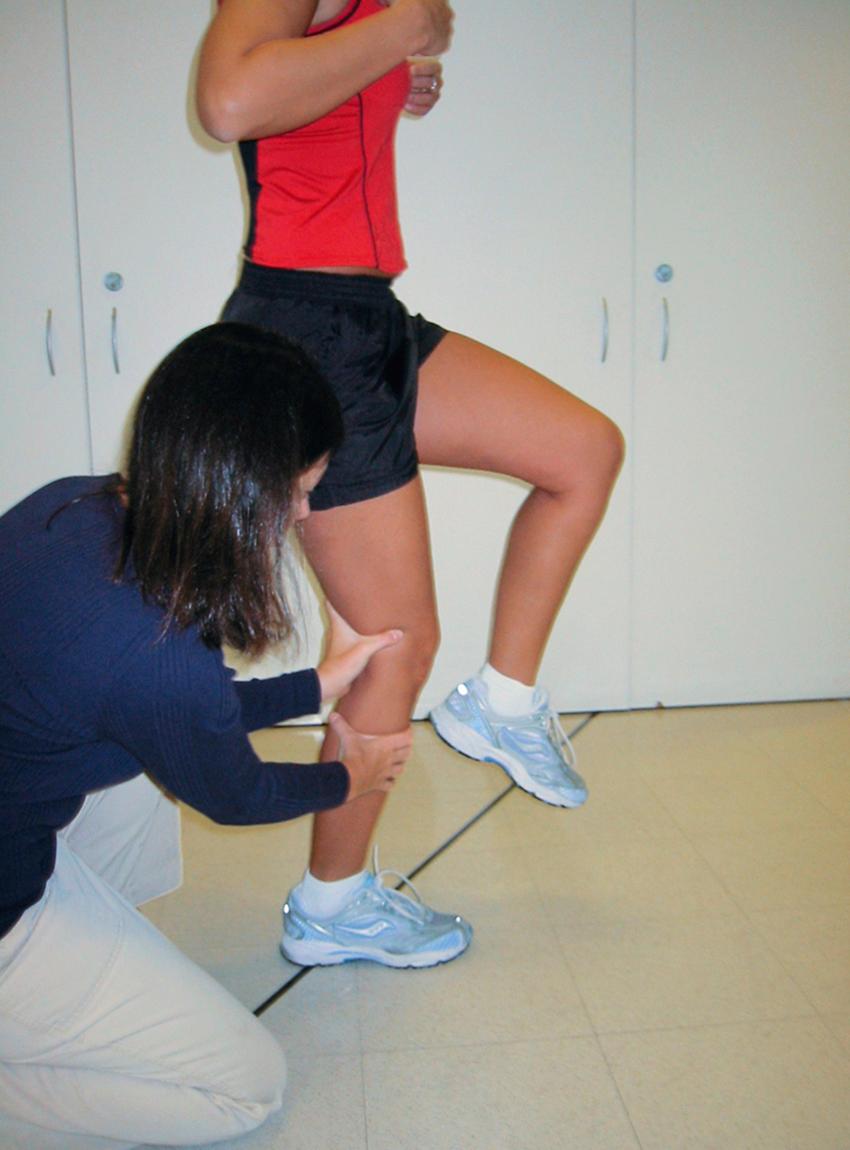
Plain radiographs of the knee may reveal calcification of the bursa and associated structures, including the iliotibial band tendon, consistent with chronic inflammation. Magnetic resonance imaging and ultrasound imaging are indicated if runner’s knee, iliotibial band bursitis, internal derangement, occult mass, or tumor of the knee is suspected ( Fig. 164.6 ). Electromyography helps distinguish iliotibial band bursitis from neuropathy, lumbar radiculopathy, and plexopathy. The injection technique described later serves as both a diagnostic and a therapeutic maneuver.

Become a Clinical Tree membership for Full access and enjoy Unlimited articles
If you are a member. Log in here